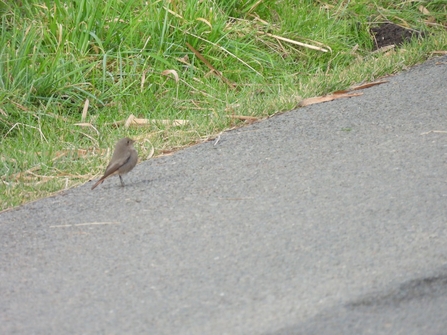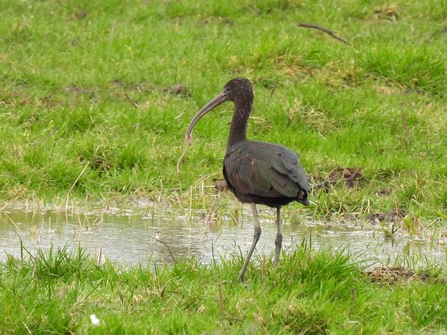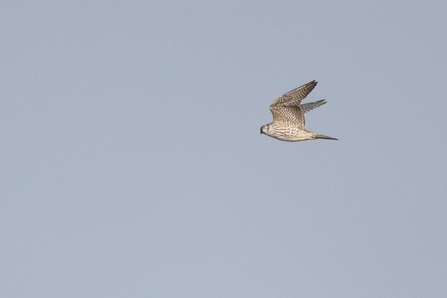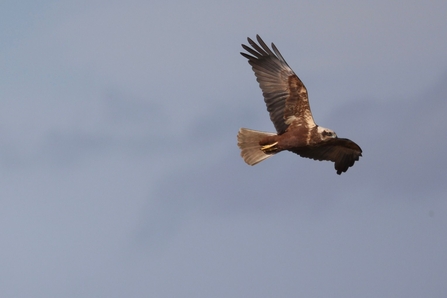The month got off to a good start with the sighting of a bittern from the Wolla Bank car park on the 4th. This is the first sighting of a bittern from this location for many years, it is encouraging to see that birds are starting to explore other areas.
A black redstart briefly alighted on the coast road near Anderby Marsh on the 5th. Sightings of this species are relatively few over the course of the year. They are usually found in winter around towns and villages especially along on the coast.





